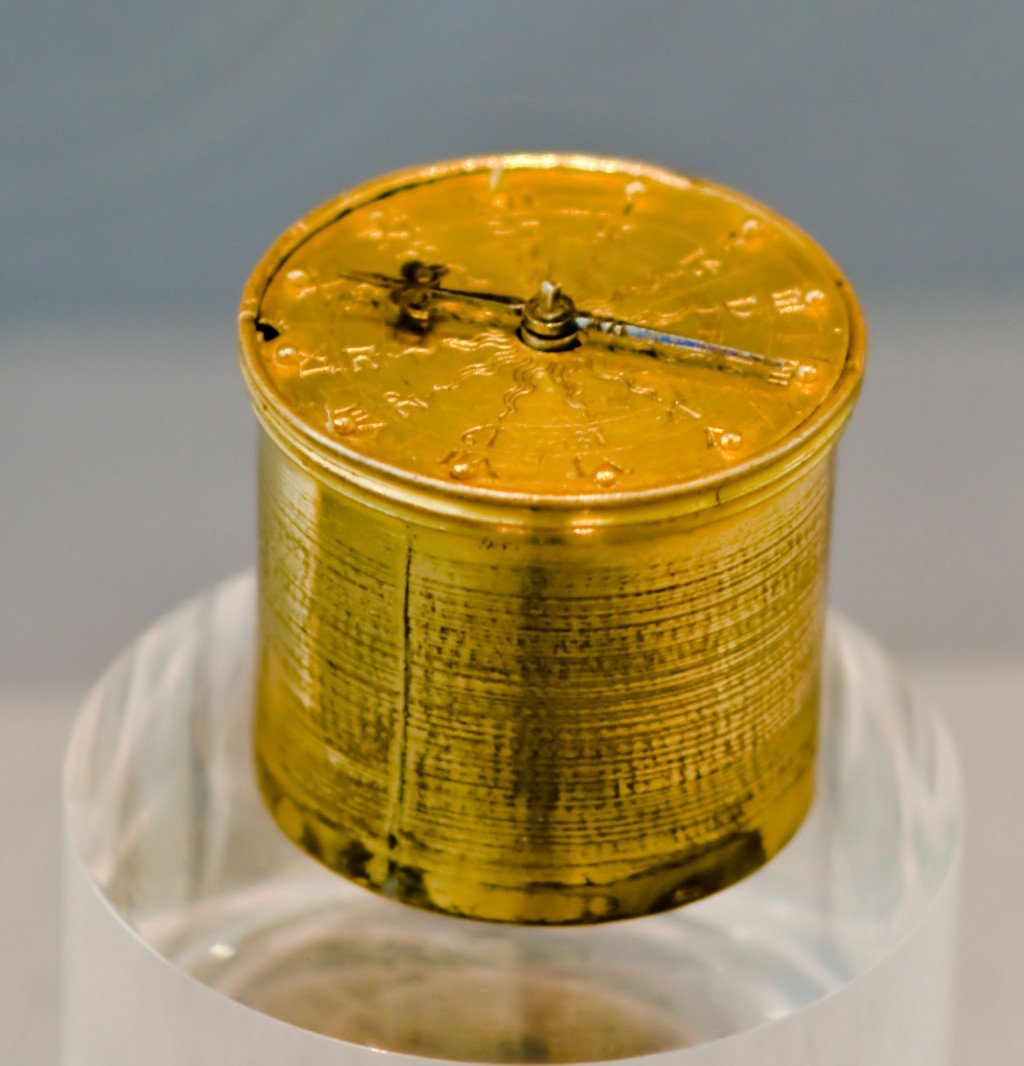

Most of these databases include the date and clockmakers’ names. These materials also have multiple articles on trademark identification, silver marks, and British hallmarks. These resources contain detailed antique clock identification guides, pictures, large databases of clock manufacturers and types, and prices. Some of the most popular ones are Savage and Polite’s Antique Clocks Identification and Price Guide and the National Association of Watch and Clock Collectors. More experienced clock collectors have developed in-depth guides to help amateurs find authentic vintage clocks.


You should consider that some materials were not invented until a certain period, and just like fashion, clocks had their own trending styles. If you’re not an expert in wooded materials, clock’s inner function, or history, the following tips could help identify antique clocks.
#Types of clocks serial
Other factors to consider would be the type of fasteners and the serial number. Some clock styles are more related to certain eras than others, and you can tell that by the type of glass, the dial material, stencillings, and the striking clock movement. Apart from the manufacturer’s name, you can also evaluate the type of clock you’re looking at. Other crucial factors can help you identify whether a clock is antique or not.
#Types of clocks serial number
This could give you an idea of where it came from and the date it was fabricated.Īlso Read Antique Drop Leaf Table Value (Identification & Price Guides) By The Types and The Serial Number

You should know that back in the time, foreign clocks were not marked, but they had a trademark symbol instead. This can happen if the clock was imported from overseas. If this is the case, you can look into the retailer’s information to find out the date of the clock and the manufacturer. Keep in mind that some clocks have the name of their retailers instead of their manufacturers.
#Types of clocks how to
Regardless of your focus as a clock collector, you must know how to identify a genuine vintage clock. Clock collectors are moved by different factors such as some pieces’ beautiful artwork, the clocks’ inner working, a particular craftsman, or a rare clock case.


 0 kommentar(er)
0 kommentar(er)
